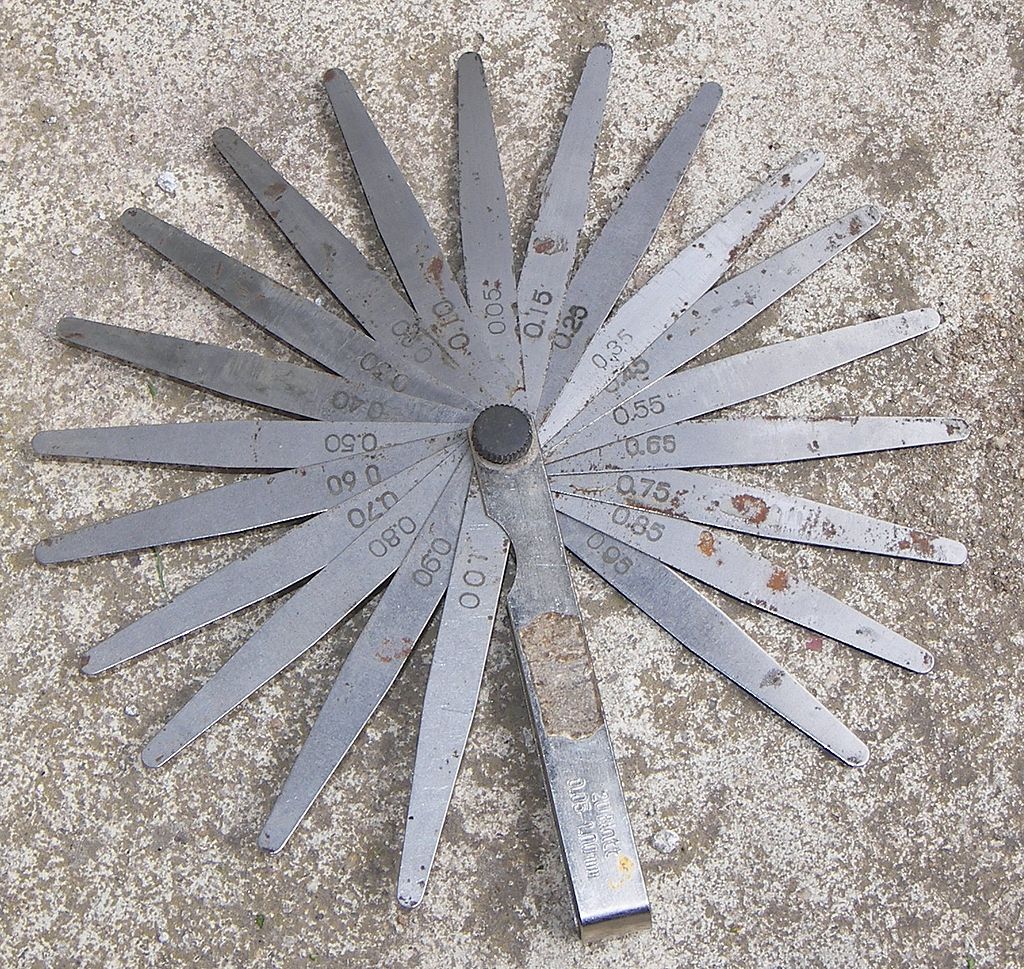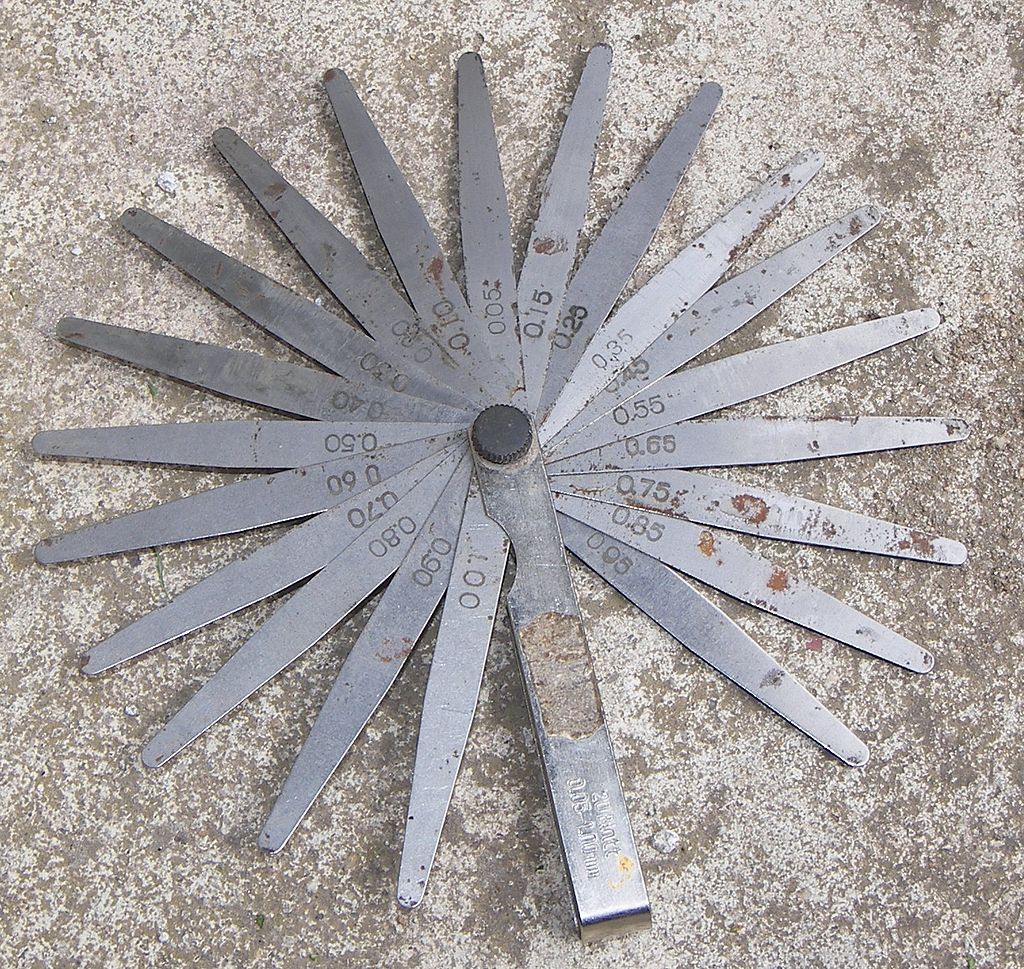Feeler gauges are a type of precision measuring tool commonly used in the automotive and engineering industries. They are thin, flat, flexible strips of metal in various thicknesses, each marked with a specific measurement in inches or millimeters. In this article, we will explore what feeler gauges are, how they work, and what common applications they are used for.
What are feeler gauges?
Feeler gauges are used to measure the distance between two parts that should not touch, such as the spark plug gap in an engine or the distance between the brake pads and the rotor in a vehicle's brake system. They can also be used to adjust the clearance between parts that need to move freely, such as the clearance between the valve stem and rocker arm in an engine.
Additionally, it can be used to measure the crack width. In structural assessments, research studies, etc., it is necessary to accurately determine the correct crack width. In these situations this tool can be used.
Feeler gauges are usually made from high-quality steel or other metals and are machined to very precise tolerances. They come in sets with different thicknesses, usually between 0.05 and 1.0 millimeters. These values are subject to change. Each blade in the set is usually marked with its thickness in imperial and metric units.
How do feeler gauges work?
Using a feeler gauge is easy. First, select the saw blade whose thickness is closest to the gap you want to measure or adjust. Then push the saw blade into the opening until it is snug but not too tight. You can then read the blade thickness and use that measurement to adjust the gap as needed.
When using a feeler gauge to measure a gap, it is important to select a blade that is slightly thinner than the gap you are measuring. This ensures that the blade slides easily into the opening and provides an accurate measurement. If the blade is too thick, it will be difficult or impossible to insert it into the opening, and if it is too thin, it may not provide an accurate measurement.


Common Uses for Feeler Gauges
Feeler gauges are commonly used in a variety of automotive and engineering applications. Some of the most common uses for feeler gauges include:
- Check Crack Width in Concrete
- Adjusting the Spark Plug Gap on an Engine
- Checking the clearance between the valve stem and rocker arm on an engine
- Measuring the distance between brake pads and rotors in a vehicle's brake system
- Adjusting the distance between contact points on a distributor
- Measuring the distance between electrical contacts in switches and relays
- Clearance control between contact surfaces on gears and bearings
Feeler gauges are a versatile and essential tool in many automotive and engineering applications. They provide an accurate and reliable way to measure and adjust the distance between parts, ensuring everything runs smoothly and efficiently.

